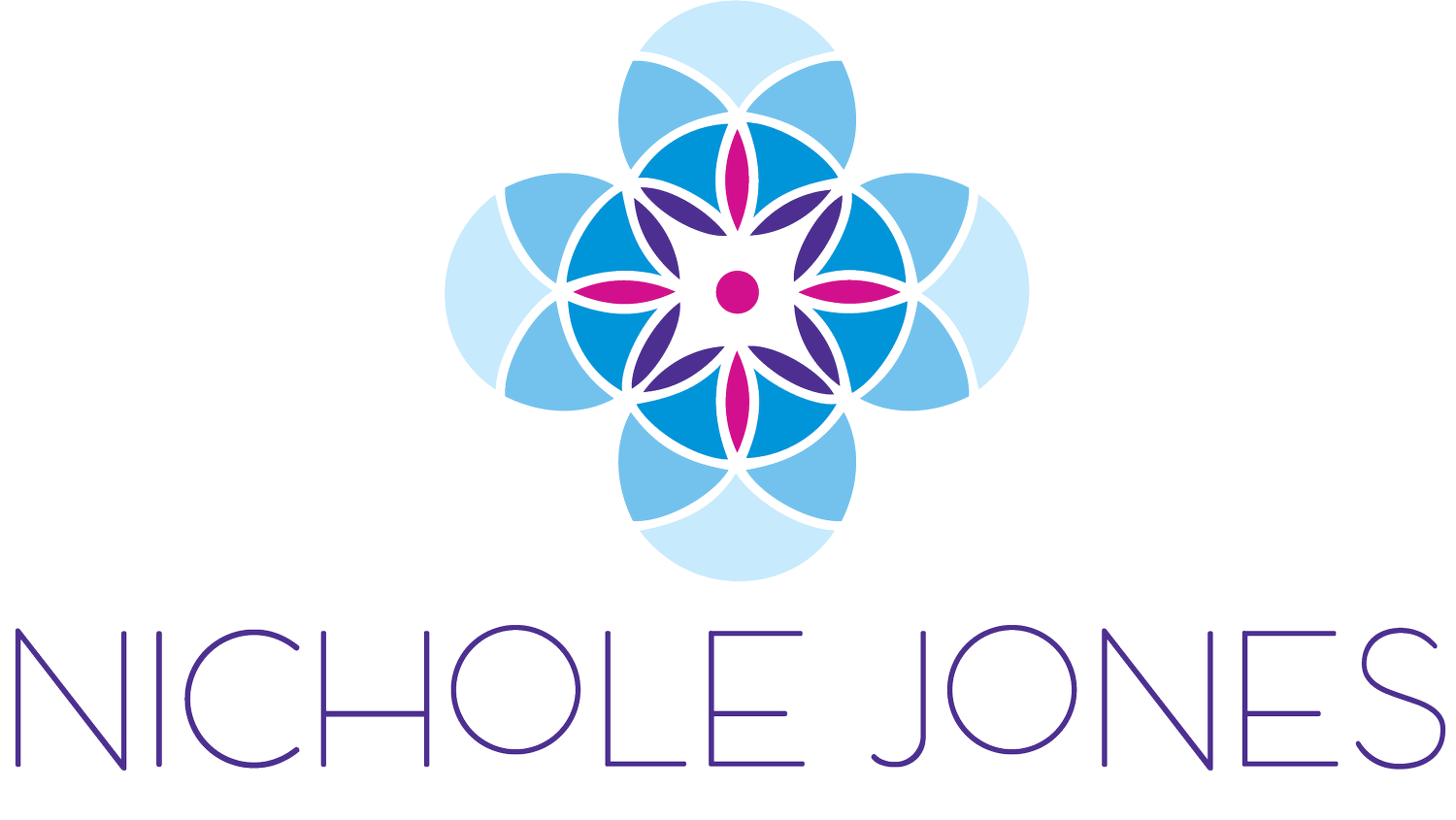
Brainspotting Therapy
What is Brainspotting?
Brainspotting was discovered by David Grand, Ph.D. in 2003 while he was working with an athlete using EMDR on her ice skating performance. As he was using EMDR, Dr. Grand noticed her eyes would wobble when he passed a certain point in her visual field. He serendipitously recommended that she maintain focus on that specific spot. As she looked at this spot, she processed childhood memories regarding her parents divorce. The next day she was able to complete the maneuver that had previously alluded her. Since that day, Dr. Grand has been studying, refining, and training others on this powerful practice.
Brainspotting is a brain-body based intervention that accesses the unconscious mind to help you process the emotions surrounding past experiences and memories.
Talk therapy alone cannot access the deeper, emotional areas of the brain, also known as the subcortical brain.
During Brainspotting, we focus on the body, listen to sounds, and find your “brainspot” to release experiences that are limiting your current life experience and help you expand into living a life with more ease, joy, and contentment.
Your thoughts are influenced by your memories.
The memories influencing your thoughts and behaviors are often unconscious. You can get to your desired level of functioning faster when you utilize interventions such as Brainspotting and other somatic techniques. This is why I love brainspotting, it creates faster and longer lasting changes in my clients.
Brainspotting is based on the premise: “Where you look affects how you feel.”
Your brainspot is the eye position which is related to your emotional and/or physical activation of an emotionally charged issue held within the deeper regions of the brain. We find your brainspot with some very simple techniques. In fact, you can notice for yourself where your brainspot is relatively easily, when you are telling a story (a good or uncomfortable story) notice where your eyes land. They will typically rest on one or even a few specific spots, those are all brainspots, or “gazespots.”
Brainspotting uses the body’s “felt sense” in addition the brainspot.
The felt sense is the feeling you experience in your body while processing a certain topic. You might feel tightness in your jaw, chest, tingling in your arms, or heaviness in your legs. The possibilities are endless. You focus on the sensation you are feeling in your body while looking at your brainspot to help you process and release whatever it is you are working on.
Ideally, Brainspotting is done while listening to biolateral sounds which alternatively stimulate the hemispheres of the brain and potential helps you to access deeper parts of the brain. Most people find the music calming, but for those that do not, Brainspotting can be effective without the sounds.
How does Brainspotting help?
Many clients have talked in therapy about the stumbling blocks in their lives, only to find that their symptoms reappear later, after they thought that their issues had been resolved. This may occur because trauma lodges in the part of the brain that is outside of the rational, conscious mind.
The goal of BSP is to bypass the conscious, neocortical thinking in order to access the deeper, subcortical brain where traumas are held.
Brainspotting can help free individuals from painful emotions and maladaptive patterns of behavior that seemed unresolvable. It can assist in reducing excessive reactions to present situations and relationships. BSP is a way to work on trauma in a safe and contained situation.
BSP is also used to find and strengthen resources and resiliency. For example, a Brainspot can be chosen based on where one feels the most grounded or calm in his/her body. The goal in resource enhancement is to increase positive feelings and body sensations.
Who can Brainspotting help?
Everyone. Well, that is not entirely true, I do not believe that there is one intervention that is for everyone. But, I have seen Brainspotting help many, many of my clients.
It can be helpful for children, adolescents, adults and seniors by reducing the effects of events that caused distress to lodge in the brain/body.
It is an effective and efficient tool for resolving emotional, physical, and sexual trauma. It can even help those who have suffered from a traumatic brain injury or a stroke. Brainspotting can also be utilized in the preparation and recovery from surgery and can reduce the stress surrounding the management of major medical illness. Additionally, many individuals have found Brainspotting helps you to manage stress, anxiety, phobias, and anger. It can be used to decrease addictive cravings. Another exciting possibility is that creativity and performance are enhanced by this treatment modality.
David Grand explains Brainspotting and the Brainspot in the videos below:
Ready to get started?? Let’s do a 20-30 minute consultation.
Because of it’s amazing potential to create lasting changes, Brainspotting is a major component of the support I provide my clients. I offer Brainspotting to all of my clients both in-person in my Longmont therapy offices and virtually.



